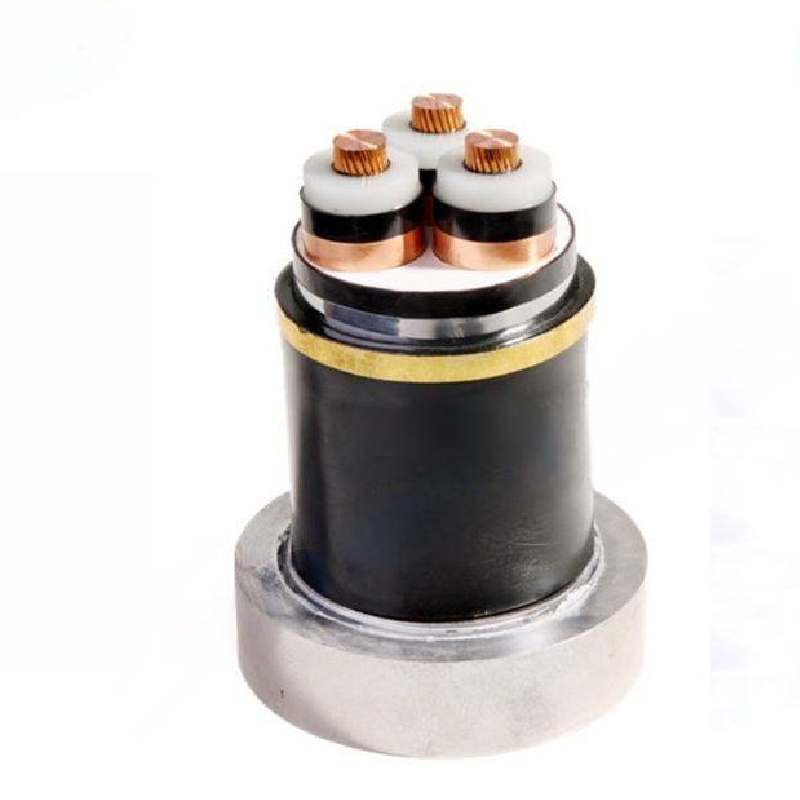Septemba . 06, 2024 20:18 Back to list
Y Strainer Filters - Efficient Filtration Solutions for Your Needs
The Importance of Y Strainer Filters in Industrial Applications
In the realm of industrial processing and fluid management, maintaining system efficiency and integrity is paramount. One crucial component that plays a significant role in protecting equipment and ensuring smooth operations is the Y strainer filter. This device, characterized by its distinctive Y-shaped design, is widely used across various industries to filter out unwanted debris and contaminants from liquids and gases.
What is a Y Strainer?
A Y strainer is a type of filter that is designed to remove solid particles from fluids. Its unique shape enables it to accommodate a straining element, which captures debris while allowing the fluid to flow through. The design not only maximizes filtration capacity but also facilitates easy cleaning and maintenance. Y strainers are typically installed in pipelines to protect equipment such as pumps, valves, and other essential components from potential damage caused by particulate matter.
How Y Strainers Work
The operation of a Y strainer is relatively simple yet highly effective. When fluid enters the strainer, it flows through the straining element, which can be made from various materials, including perforated metal, mesh, or wedge wire. As the fluid passes through, particles larger than the mesh size are trapped, preventing them from continuing downstream. This process ensures that only clean fluid reaches the downstream equipment, thereby enhancing performance and prolonging the lifespan of the machinery.
Applications of Y Strainer Filters
y strainer filter

Y strainers are used in numerous applications across different sectors. In the water treatment industry, they help in removing sediments and particulate matter from potable water supplies. In the oil and gas sector, Y strainers prevent clogging in pipelines and protect equipment from abrasive materials. Similarly, in chemical processing, they ensure that contaminants do not interfere with reactions or processes.
Moreover, in HVAC systems, Y strainers can be used to filter out dirt and debris from refrigerants and coolants, ensuring effective thermal exchange and system efficiency. Their versatility and ability to handle different fluid types make them an essential component in many industrial setups.
Advantages of Using Y Strainer Filters
One of the primary advantages of Y strainers is their ease of maintenance. Because of their design, cleaning the strainer involves simply removing the element and rinsing it off, making them user-friendly and cost-effective in the long run. Additionally, Y strainers can be configured to operate in various orientations—horizontal or vertical—providing flexibility in installation.
Furthermore, Y strainers can be equipped with a blow-off valve for automated cleaning, which is particularly useful in processes where continuous operation is necessary. This feature minimizes downtime and enhances overall system productivity.
Conclusion
In summary, Y strainer filters are vital components in many industrial applications, offering significant benefits in protecting equipment and ensuring system efficiency. Their simple design, ease of maintenance, and versatility make them a preferred choice for engineers and operators alike. As industries continue to evolve and focus on maximizing operational efficiency, the role of Y strainers in safeguarding fluid systems will undoubtedly remain critical in the years to come.
Share
-
Reliable Wafer Type Butterfly Valves for Every IndustryNewsJul.25,2025
-
Reliable Flow Control Begins with the Right Ball Check ValveNewsJul.25,2025
-
Precision Flow Control Starts with Quality ValvesNewsJul.25,2025
-
Industrial Flow Control ReliabilityNewsJul.25,2025
-
Engineered for Efficiency Gate Valves That Power Industrial PerformanceNewsJul.25,2025
-
Empowering Infrastructure Through Quality ManufacturingNewsJul.25,2025